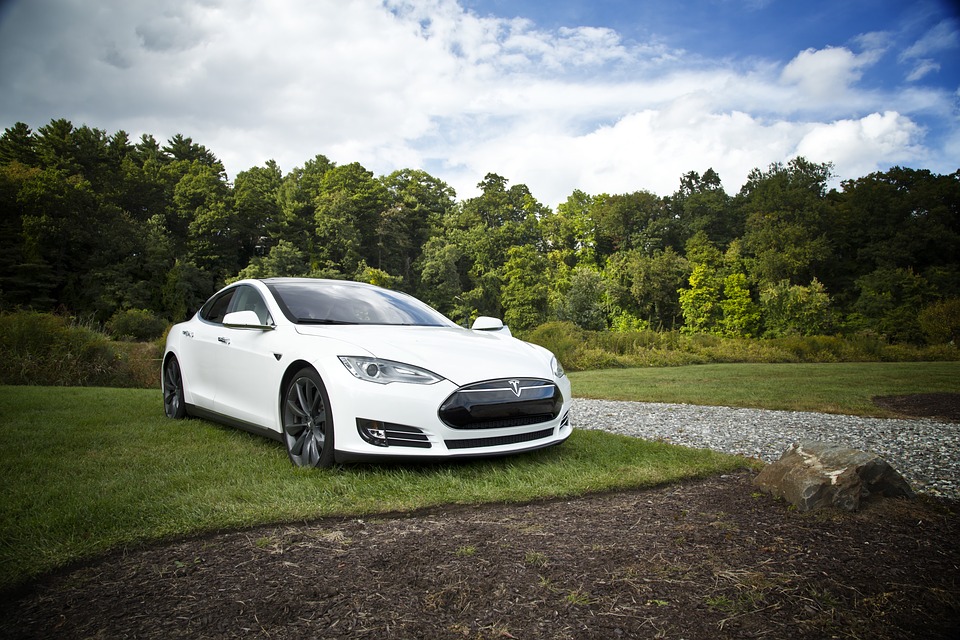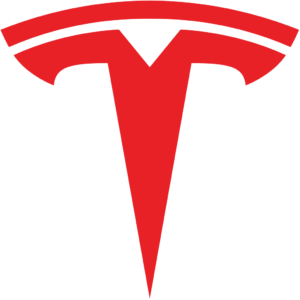In the sixty plus years that I have been reading every issue of Road and Track (R&T) and Car and Driver (C&D) (and its antecedents) magazines, they both have knelt at the altar of German cars in general and Porsches in particular. Indeed, in their latest April 2020 issue, Car and Driver admits to testing 32 of the 43 variants Porsche has ever produced. For 99% of their combined road tests over the years, Porsches could do no wrong. Porsche’s cars were consistently ranked by both magazines as among the top three performing street-legal cars one could drive. Both magazines played a significant role in establishing the cult of Porsche in the USA.
That trend came to a screeching halt with Road and Track’s March 2020 issue, wherein they had the temerity to sort of trash the Porsche Taycan Turbo S as a high-end “high performance” electric vehicle.
In a somewhat snarky article (pp. 73-82), R&T lambasted the Taycan Turbo S electric vehicle as a disaster of German overengineering — a car designed by ICE-blinded engineers who, in this day of increasingly environmental concerns, seemed to understand little about electric cars and how, if not the need to, design energy-efficient vehicles. In short, R&T concluded the Taycan Turbo S was blindingly fast, handled and braked superbly, had beautiful styling, and was built with Porsche’s customary outstanding quality. All goodness so far……
BUT, as R&T went on to note, for starters, the Taycan Turbo S costs right around $200,000 – a bit out of touch with even the average Porsche owner’s wallet. Its powertrain design features a two-speed transmission that didn’t function very seamlessly for R&T. Who ever heard of a multi-speed transmission in an electric vehicle? Such complexity and additional cost! The Turbo S has a huge battery – 93.4 kWh, in part explaining its 5,246 pound weight. Yet the Taycan at best only achieves an EPA-rated 192 miles of range (versus 373 miles with the Model S noted below). As R&T says: “[it has]…the dubious distinction as the single-most inefficient regular-production electric vehicle in history.” This despite the two-speed transmission!
Coincidentally, in Car and Driver’s April issue, they too ran a test (pp. 42-49) of the same Porsche Taycan Turbo S model paired against the latest and fastest Tesla Model S Performance version with Raven updates. C&D’s test crew was much friendlier toward the Porsche than were their fellow aficionados at R&T. The Taycan was slightly the faster of the two, without the coddling the Tesla requires for repeated maximum performance. It had better braking and handling than the Tesla and drove much more like a high-end sports car. In the end, however, Car and Driver picked the Model S as the vehicle they would buy. Hell, for the price of the Taycan, one could buy a Tesla Model S and two Tesla Model 3s!
It’s an interesting contrast in road tests from two top car magazines that usually see pretty much eye-to-eye. But praise be to Road and Track for breaking with virtuous automotive magazine tradition and calling out Porsche for its head-in-the-sand engineering and marketing. Indeed, figuratively speaking, that may be the same sand that Tesla is digging up to build its German car industry-crushing Giga Berlin plant. Be sure to catch these two road tests. And do join me in a lottery to see if Road and Track ever gets another Porsche to test.
Your feedback in the form of comments or suggestions are welcome in the comment window. Thank you for following my blogs on this site and for participating in my blogging community.




